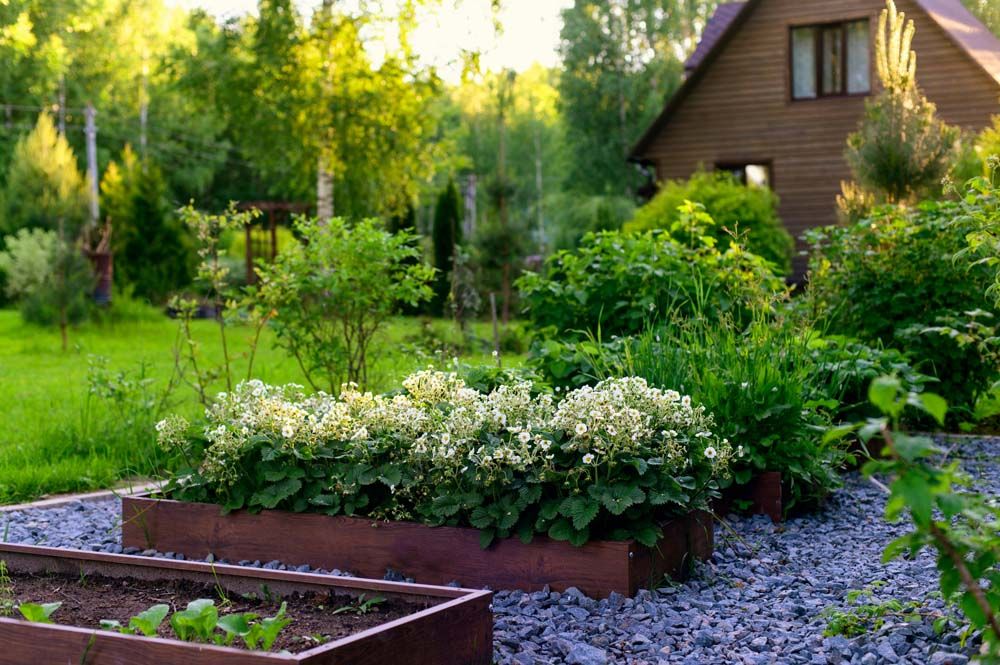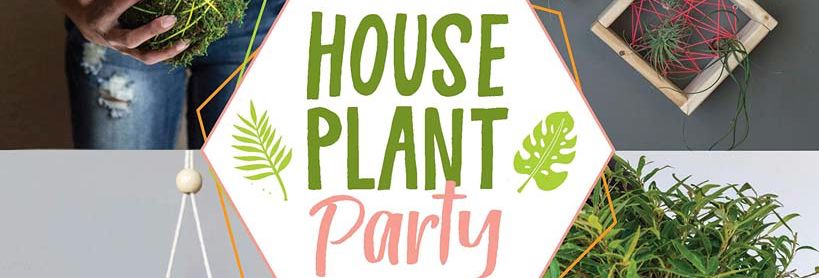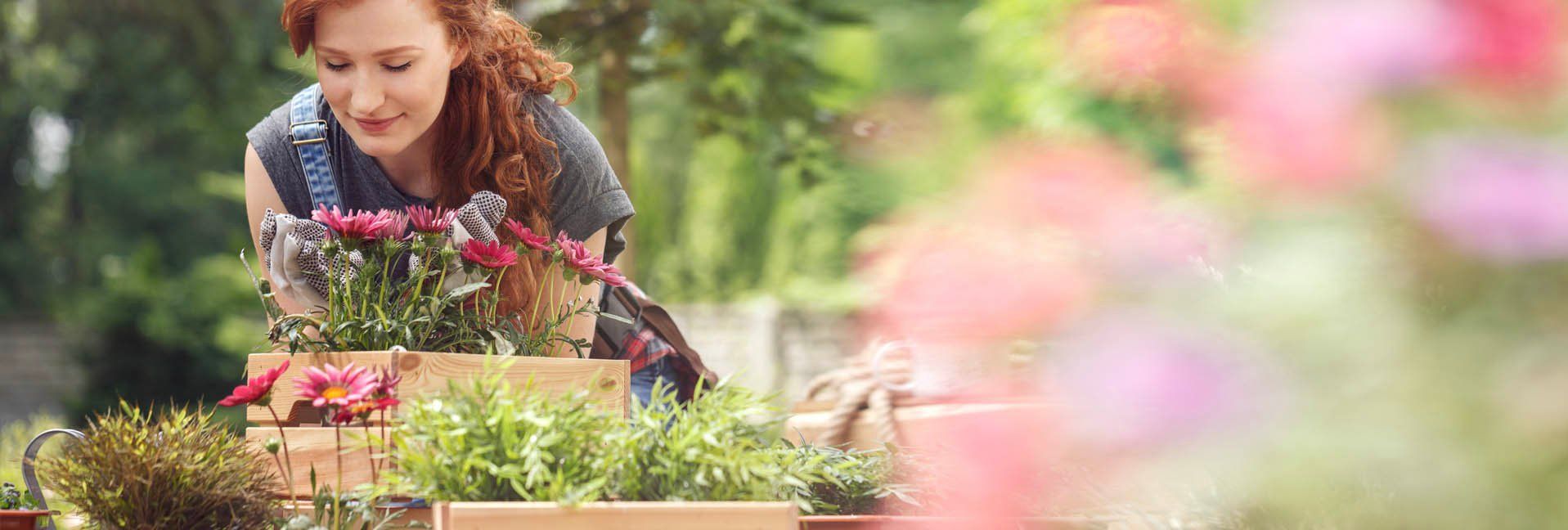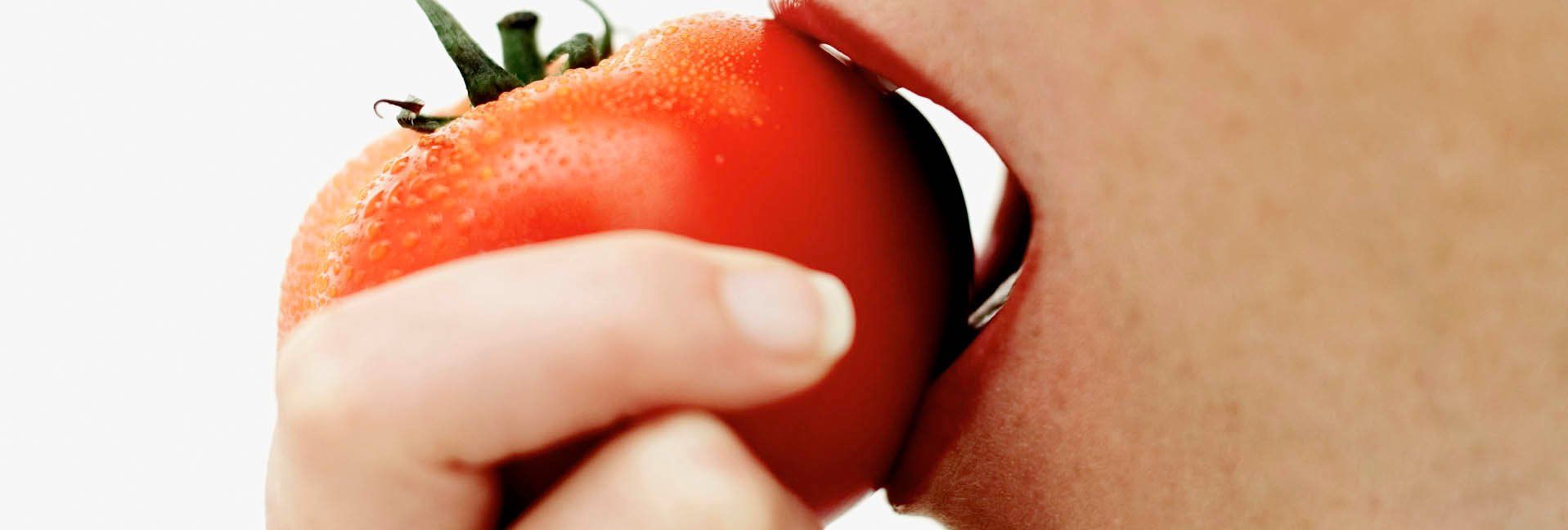How to Keep Your Lawn, Flowers and Garden Looking Beautiful


We all have our reasons for living in the country. There are the health reasons, like the fact that getting outside boosts your immune system, lowers your blood pressure and reduces stress.
There are more obvious reasons: clean air, being closer to nature, and just getting away from the chaos of the city and suburbs. And some of us just can’t imagine life without some land to work.
No matter the reasons, to get the most out of our lives out here, we have to keep our properties beautiful. Here are a few ideas for maintaining your country paradise all season.
The foundation of all
The foundation to the season-long beautification of your property: Your lawn. And you probably don’t need a ton of advice on growing a beautiful lawn.
Odds are you have lots of plants that require a lot more attention than your lawn does, so you know the basics.
Water: About 1-1.5 inches per week.
Fertilizer: One of the great benefits of owning chickens is the poop for your lawn.
Mowing: Often, keeping the grass blades between 2.5 and 3 inches high. And if you really want to impress the folks driving by, buy or build a striper for your mower.
Lawn weeds: it’s your property, so you decide what’s a weed and what isn’t. If you love yellow polka dots, keep those dandelions. But if they’re driving you crazy, Trimec Speed from Gordon’s controls them and about 250 more broadleaf weeds.
Gardens, crops, and pastures
Everyone with a little bit of soil and sunlight has flowers that they love. Plant your favorites, as usual, but if you haven’t yet, this might be the year you look into low-maintenance, sun-loving perennials. Purple coneflowers, Shasta daisies, sedum, and coreopsis are gorgeous bee-favorites, and they don’t need much from you to thrive.
Of course, a beautiful spread isn’t limited to lawns and flower gardens. Look at your crops. Whether you have 1,000 acres or half an acre, is there anything more gorgeous than a strong stand of sweet corn that’s grown way taller than “knee-high by the Fourth of July?”
And soybean producers compete to see who has the cleanest, straightest rows. But you don’t need us telling you to grab a hoe or shovel and go walk your crops. But we can help with pastures, though.
A well-maintained pasture is a thing of beauty; add animals grazing and it becomes a masterpiece. But yes, it does take some maintenance to keep it healthy and beautiful all season. Regular mowing is a start. Mowing keeps grasses thick and uniform, and in their growth stage full of nutrients.
Mowing also helps keep weeds from getting to their seed stage. Some weeds can be harmful for your animals, though, so even with regular mowing, it’s a good idea to scout your pastures. Yes, you’re going to have to go for a walk in the grass. Oh, darn.
You’ll probably find some wonderful little flowers out there, but some of the prettiest weeds are also the most harmful to animals. Sweet little Buttercup is toxic to cattle, horses, and goats.
Horseweed isn’t just toxic for your horses, but it’s also bad for cats and dogs. So go for a walk in the pasture. If you spot these and other problem weeds, LV Max Fast-Acting Weed Killer from Gordon’s will control them, plus 90 other weeds.
Keeping the dream perfect
Creating your idyllic country homestead goes beyond the thick green lawn, the bright flowers, the healthy pastures, and the tomato plants bursting with fruit. You have some hardscapes. Concrete pads, brick patios, and for the lucky ones, a long gravel driveway. We all love these features—but so do the weeds.
Unlike the dandelions in the lawn, there’s little argument: They are weeds. Unchecked, they can crack your concrete, move your bricks, and destroy your gravel. Barrier Year-Long Vegetation Control Concentrate from Gordon’s delivers non-selective weed control to protect your property for up to a year.
Yes, this all sounds like a lot of work. But you knew that. You knew when you bought your property that you were taking on a big responsibility. You’re the steward of your land, charged with taking care of it for this generation and the next.
Keeping your spread beautiful can seem like a lot of work, but let’s be honest: this is exactly what you love about it.
**
Thanks to Gordon’s for information in this article.
Tags:Garden & Landscape

Acreage Life is part of the Catalyst Communications Network publication family.









